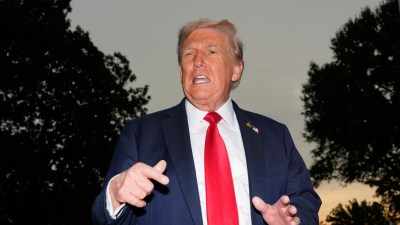Regulator eyes rural India to meet teledensity targets
Telecom regulator Trai says an immense teledensity potential lies dormant in rural India, which will need to play a key role in meeting tele...

Telecom regulator Trai says an immense teledensity potential lies dormant in rural India, which will need to play a key role in meeting teledensity targets.
With this in mind, Trai has indicated to the government that the rural market should be tapped for growth in the telecom sector, particularly with mobile services.
‘‘Rural teledensity is far too low and has grown far too less in fifty years. Urban teledensity is reaching 30 per cent, but it is not 2 per cent in rural areas. The problem is that mobile telephony has not gone rural, whereas it has already created a boom in urban areas,’’ Trai Chairman Pradip Baijal said addressing the Forum of Financial Writers.
The same message was fielded by the regulator in a study paper on indicators for telecom growth, issued this June. The paper indicates that the rural market is large and should be tapped in order to achieve 250 million phones by 2007. ‘‘Only of late have we added three million lines a month. In order to meet targets we need to add four million lines a month. This is impossible to do without going to rural areas,’’ said Baijal. The regulator is driving home the point that rural telephony can be tackled by private operators, and for a profit, if the mobile route is adopted and competition is introduced. It also stresses that the mobile operators will find rural areas profitable, as long as they are offered some incentives.
Baijal said the incentives will be listed in Trai’s forthcoming recommendations on rural telephony, but he clarified that there is no apparent need to amend the Telegraph Act to make mobile players go to rural regions. The government has plans to amend the Act, so that operators can roll out rural networks and share infrastructure funded by the Universal Service Obligation (USO) Fund.



- 01
- 02
- 03
- 04
- 05




























